You know how I showed you Sen’klip (aka Coyote) the other day? Yes? No? Yip yip? Yap yap? No matter, he’s such a handsome guy he’s worth having another look-see.
What a dude! Well, here’s his brother, from 95 kilometres up the Thompson Gorge and in morning light:

How cool is that! Now, as you can scope out, this second fellow isn’t a coyote. It’s Sen’klip’s bro, Fox, hanging out with his buddy turtle (in the foreground.) Yeah, I know, they are all chunks of basalt that broke off the cliffs behind them, either from catastrophic post-glacial floods or from 10,000 years of weathering, but they are more than that, too. It is easy to read the earth from them, that’s the thing, and without the exquisite tools and beautiful weapons of university departments of soil and water science. That’s important. Why? Well, because of this:

Isn’t it beautiful? That dune, among the remnants of a post-glacial Thompson Gorge lake bottom, is doing great work. Look at the tufts of dust rising off of its crest. Look at how it is feathering off into incredibly fine dust at its northern (left) rim. Look at how this small action of wind combines with the sun’s heat to keep the sagebrush away and how the sagebrush, creeping up from behind, stops the wind in its tracks, or almost does. Such conversations of light, water, soil and wind are 10,000 years old here. All the life you see in this image is laid down in the patterns of this energy, and there it is, still working, like a fire still smoking and not yet put out. That dune has not finished the job of making this life, just as the wind has not finished collecting the dust from this landscape to make the dune. Down by the river, there is a different story.

There, the river has sorted gravel (those are the river’s flood bars) in the deep channel it once cut through the old lake bottom you can see at the left (and out of which dunes are still forming.) This land is being sorted by water and air into their patterns, and life follows. Accordingly, water, air and life can be read from the patterns in the land, as well as …

…the motorized track some dweeb hopped up on technology and gasoline fumes made by driving up the face of that dune as if such erosion wasn’t an ethical affront.
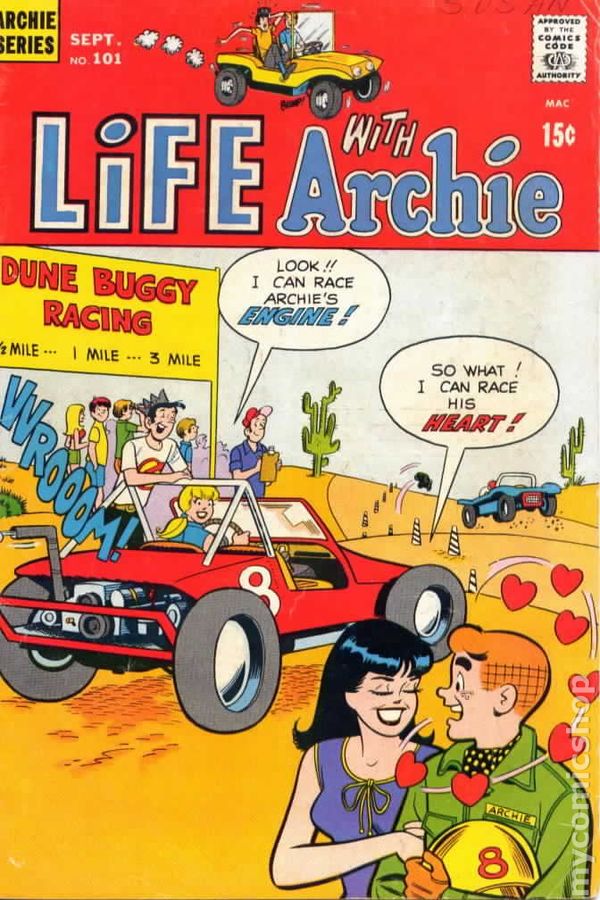
Pitiful. One last look. The dust blowing over the crest of the dune is coming from the tracks of this idiot, as the dune and the wind come to a new balance, in a society that doesn’t understand the first one, because it has a word for this kind of thing: dune; a historical artefact.

A society that didn’t purchase its food with oil dollars from poor people in Mexico would have a science that would explore the processes of life creation and sustainment within this image. Ours does, too: it is called nature, which means it is off limits, except, of course, to toodle around in with a dune buggy, or a motorcycle, or a quad. That is culturally allowed, because, well, it’s nature, and no-one lives there. As I was saying, only a society that purchased its food with oil dollars would lack the words to describe what is really going on here. The raven in the image below does. Have fun finding it!

I was listening to a year’s worth of one of my favourite radio shows Quirks and Quarks (a Canadian Broadcasting Corporation science show) these past two weeks, and observed that despite the variety of astonishing discoveries made by brilliant, dedicated scientists the world over, there is an amazing sameness to it all. Take a look at the current schedule:
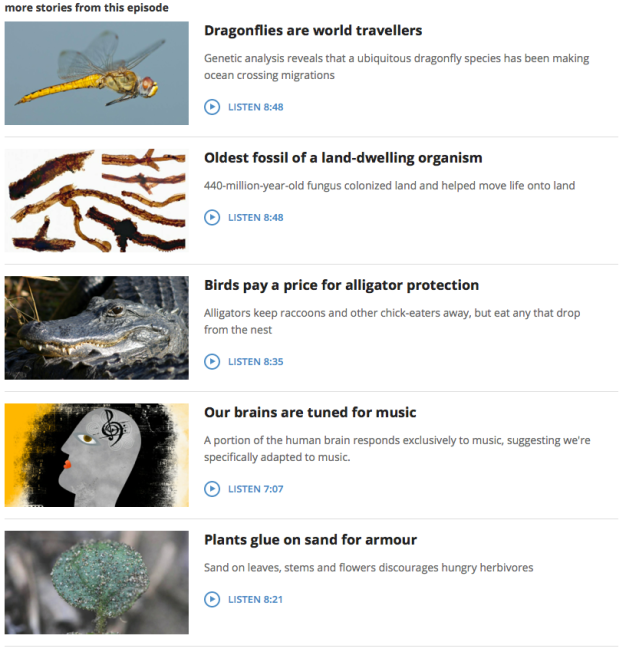
Culturally, these discoveries come from a very narrow band of experience, are all mediated by technology, and all have certain ends in mind. They are much like a classic form of misunderstood Indigenous story-telling, the kind of story that includes Sen’klip and the monsters he tamed to make this land safe for humans …

One of Sen’klip’s monsters, with him splayed out on top, in his doggy way, to keep it from wriggling. Note how it has been broken into three parts. The monster’s mouth and eye are to the right, at the base of the cliff. (Don’t worry if you can’t see it; it really doesn’t matter.) What matters is paying attention.
Look how the saskatoon bushes are mining the water that flows out of the bottom of the central part of the scree, in a shadowed line like beads on the hem of a dress. Beautiful, isn’t it! A study of those effects alone would be worthy of a grassland science. It’s not a “just-so” story, however, such as Rudyard Kipling wrote when the English thought they owned the world:

Here’s the beginning of one of these explanatory tales (if you open it in a new window you can get a better look at it): Contemporary scientists still seem to be taking unified stories about spirit and matter and re-telling them as explanations in support of a cultural idea called science. It’s wonderfully circular. It does not, however, replace the imperative of living in a living landscape, and viewing it with an eye for life. Look below, for example, at how the dress beads above have moved up the slope on an older scree facing the morning sun downriver. Forget the distance. That’s not the point. In fact, it does not matter at all. It only matters to people who do not live here but are only travelling through.
Contemporary scientists still seem to be taking unified stories about spirit and matter and re-telling them as explanations in support of a cultural idea called science. It’s wonderfully circular. It does not, however, replace the imperative of living in a living landscape, and viewing it with an eye for life. Look below, for example, at how the dress beads above have moved up the slope on an older scree facing the morning sun downriver. Forget the distance. That’s not the point. In fact, it does not matter at all. It only matters to people who do not live here but are only travelling through.

The pattern of these changes can be read from the land, and from these patterns and changes a map of life can be built up, which includes where people can live, not to hunt and gather animals and plants, but to be present where they are and to harvest them without waste, when they come to the people. These are observations, not that dissimilar from those that the form of culture called science is based on. So, let’s look again, more carefully this time:

There are a couple levels of story here, which can be read as shorthand for each other. In one, that lump of basalt above is one of the earth’s bones, from a cliff that breaks up into characters and faces out of legend. This particular bone is the skull of Fox, Sen’klip’s brother, who always brings him back to life when he gets himself killed and is nothing more than a pile of bones lying at the side of the trail. There are deep mysteries here, because the differences between the bunch grasses and sagebrushes and the particular sheer angles and colour of the volcanic rock above do differ from those in the images below:

And the sage, of course, just uphill to the south:

People who live in these stretches differ just as much, even though they are related. In other words, by reading the stories of the land, much can be learned. In terms of Western culture, there is much to be learned as well. Let’s look again:

From the presence of volcanic breccia, we know the type of rock and its minerality; its water retention and shedding capabilities; and its coarse sands.
From the volcanic breccia, we know that the scree slopes are intricate patterns of water, as is the rock, and the life that rises from it like steam.
From the presence of the cliff above this artefact …

… we know that water has sculpted this landscape, which means that we know that its patterns are in sorted, fluidly-angled, water patterns, with varying usability depending upon deflection angles, eddies, lake bottoms, erosion channels, and much more, including that sorting I was showing you, such as these ancient layers of river bottom…

Ancient Eddy Pushing Up a Bar to Our Left and a Pool to Our Right
Of course, it likely took five minutes each time.
By reading the vegetation, we can read much of this sub-soil story, just as we can read the vegetation by reading the Indigenous story…

Because we know this is a story of water, we know that the wind will follow the water, so we know where to seek shelter and life-giving snow, and the plants that follow its drifts. In fact, we know how to read these effects down to tiny drifts a few centimetres in size.
Because there are lichens, we know there is drought, water, cold and heat, and that it is not always dry here.
From all of these readings, it is possible to know where to plant what, when to harvest it, where to live, where to find water, where to shelter (and in which season), and so on. The big questions.
That’s just a little of what can be read from the land, but the point is not to make an exhaustive list. Rather, I just wanted to show how Western science is indistinguishable from Indigenous myth and observational, land-based knowledge, except on one point: it is inferior; it is stuck doing this:

That is called anthropomorphizing (class), and cultural appropriation (theft). It is a colonial attitude, and one thing about colonists is that they do not live where they are. They do not live here:

Saskatoon does
Colonists don’t live here, either:
The wind does. The survival of Indigenous people was built on reading this land. The survival of all people here necessitates becoming Indigenous. If we don’t, then the land will reform itself not on the model of water but on the model of technologies used to break it …

Blasting Rubble and the Heavy Erosion of the Transcontinental Train Line
That’s an easy story to read, too, but there’s no life in it, only technique. Technique leads to technique. Life leads to life. This is a real choice. This matters.
Categories: Agriculture, Erosion, Ethics, First Peoples, Geology, Grasslands, Indigenous Farming, Industry, Open Agriculture, Other People, Spirit, Sun, Water

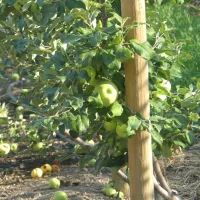


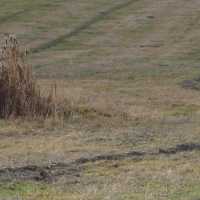

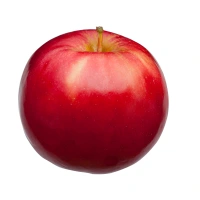

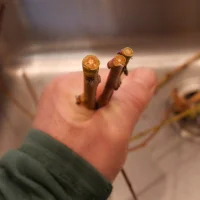


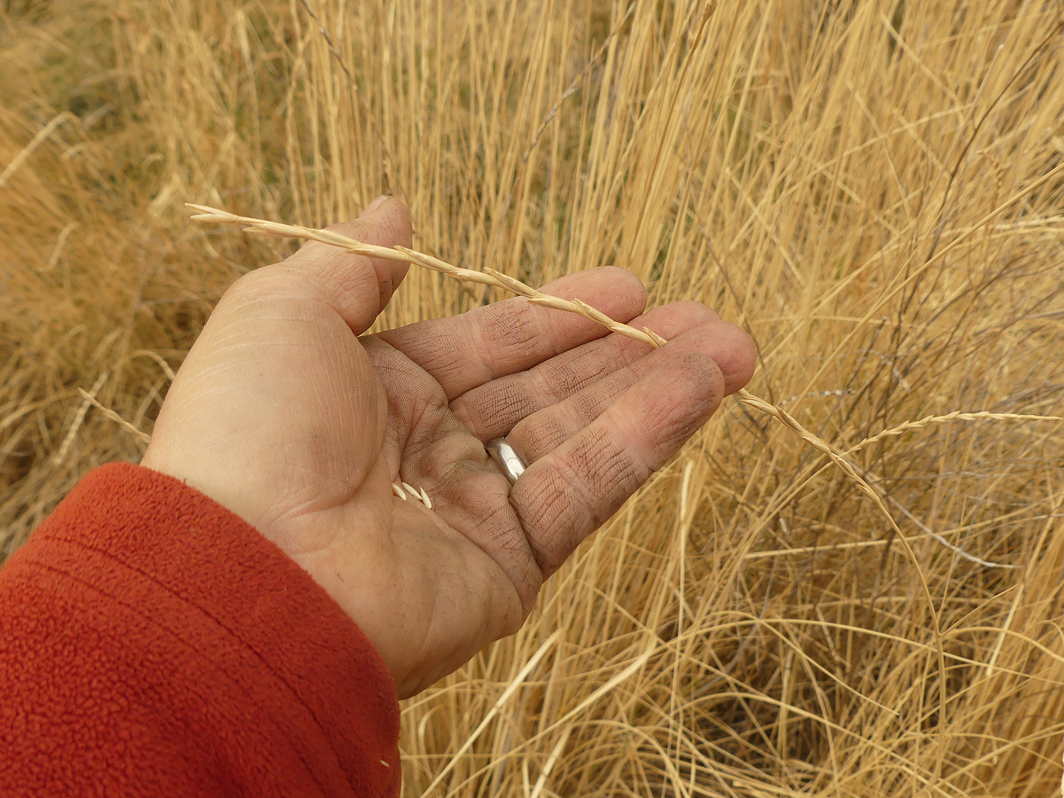


I have just discovered your blog – and I am very pleased. You write this so well that I had to read it to my family telling them that this is how I see the world – this is why I go on about this rock or that dune, or the interaction of terrific forces of nature all around us. This holistic view of the world is powerful and honours the Creator. My thinking and work is completely aligned with what you have written here. As a Systems Ecologist working out of Salmon Arm, I work with First Nations, other governments, stakeholder groups and even individuals using innovative holistic planning tools that allow us to learn from our past, understand how we have achieved (or ended up) at our present and what strategies and directions we must take to ensure we achieve our desired future – and not just let it happen to us. Thank you, I can’t wait to read your blog and hope we get to meet.
LikeLike
Thanks, Barry! It’s so exciting to hear from you. I shared this with my wife and she gave a very knowing smile. I’m in Vernon, you’re in Salmon Arm, getting together would be easy! I look forward to it. I’m away for a couple weeks, but I’m around in April. May is even more open. I’d love to hear about the work you’re doing. Best, Harold rhenisch@telus.net
LikeLike
Actually, Harold, this post brought me to tears. Thank you for yet another story of beauty of our land.
LikeLike
Thanks, Pamela! We should have been walking through the Thompson together that day. You in happy tears, me dancing with joy, the ravens keeping an eye on us both, in case we fell off of something steep.
LikeLike
Some of my favourite places.
LikeLike
Mine, too!
LikeLike